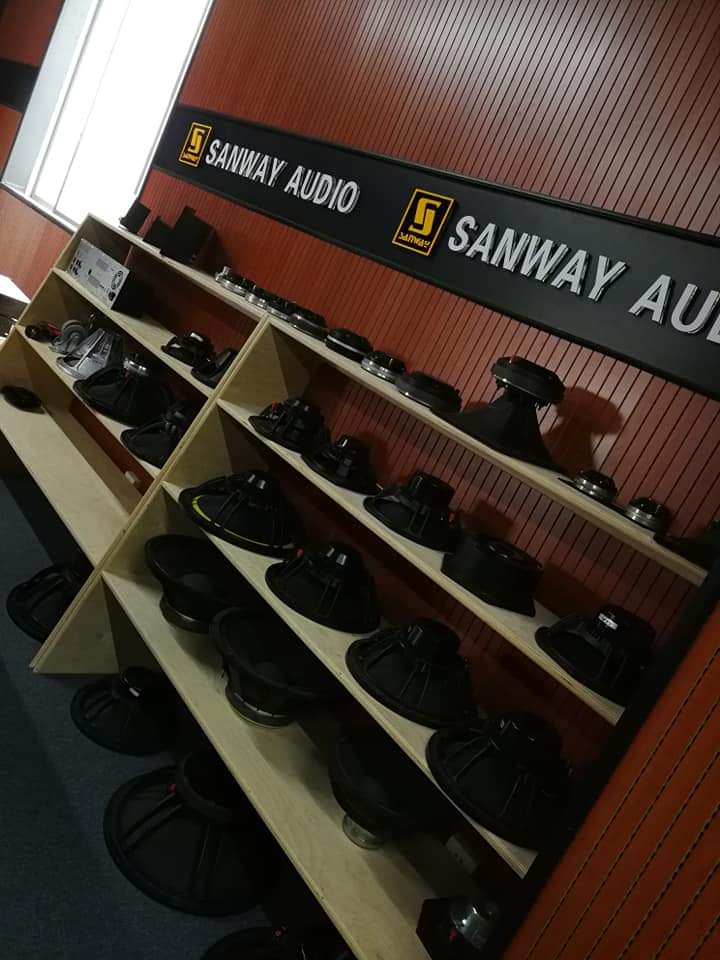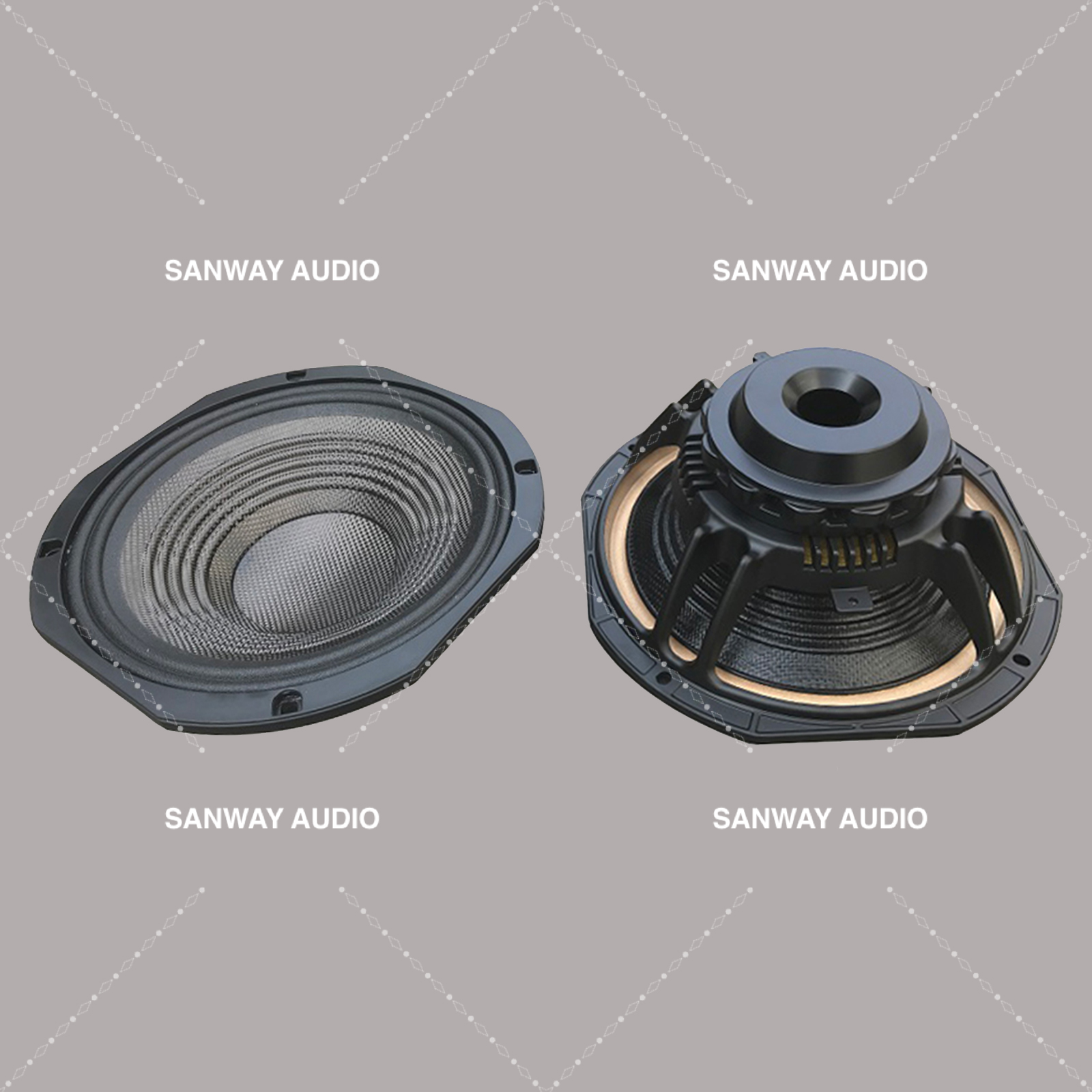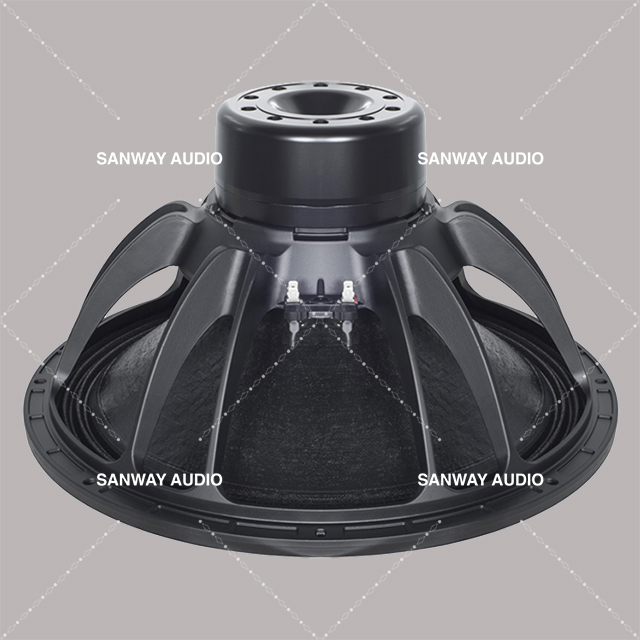
We have already understood that the audio signal is a waveform that converts the waveform of the sound wave into an electrical signal, so that the sound of the signal can also be sounded by pushing the air. In the sound system, the equipment that converts electrical signals into sounds is the "speaker", which is commonly known as the "horn". At present, human science and technology must convert electric energy into sound waves. The most mainstream technology is still "electromagnetic". At present, the speakers on the market are mainly designed and manufactured by electromagnetic principle.
The complete speaker will include several parts: the speaker block, the crossover network, and the speaker. We will discuss it in different categories. The first is the speaker unit. Basically, the working principle of the microphone is reversed. The electric signal is input into the coil on the voice coil of the magnetic system. The coil will change magnetically with the signal, and the voice coil will be driven in the magnetic system. The waveform motion of the sound. The voice coil pushes the diaphragm or cone of the horn unit to push the air to generate sound waves, and the sound is emitted.
It's really not difficult to say it, but it's another matter to make the electrical signal sound as low as possible, such as waveforms and responses. The audio range ranges from low frequency (20Hz) to high frequency (18kHz) over ten octaves. A single speaker unit can cover this audio range and is subject to structural limitations in terms of volume. However, now the full-range single-cell technology is mature and developed, and there are already many full-range single-unit units with good performance in the market.
Of course, to construct a speaker system that can emit a large volume and high bandwidth, it is necessary to configure different ranges to different characteristics of the unit, such as low frequency domain (below 300Hz) to the woofer, medium frequency domain (300Hz-2500Hz) to the midrange. Monomer, high frequency domain (above 2500Hz) respectively pronounces the tweeter and integrates into a complete range. Because the low frequency needs to push a lot of air, it needs the largest diaphragm/sound cone; the middle range needs to push less air, so the diameter of the cone is smaller and lighter; the high range only needs to push the least. Air, so the tweeter is also the lightest of the diaphragm and body.
Basically, the larger the diameter of the single cone/diaphragm, the heavier the mass can push the more air, but also the greater inertia, so the reaction speed will decrease, so it is suitable for lower frequencies; The smaller the diameter of the diaphragm, the lighter the weight, the faster the reaction rate and the higher the frequency, but the amount of air that can be pushed is limited. This is also why the slightly louder speakers on the market are equipped with multi-channels and multiple speakers.
Of course, if this is the case, the electrical signal of the amplifier should be separated from the high and low sound path or even the middle sound path, which is called "dividing." Generally speaking, there are two ways to divide the frequency of the speaker system. The most mainstream way is to use the passive crossover network to separate the signals of the amplifiers from the sound paths with different frequency ranges. The passive crossover network is said to be a "filter" composed of passive inductors, capacitors and resistors, which filters out the frequency bands outside the range of the sound path, leaving only the required frequency bands to pass. Therefore, the speaker system has several sound paths, and there are several sets of filtering networks to form a frequency dividing network, which respectively drive the monomers responsible for different sound ranges.

Another method is "electronic crossover", which is sent to the electronic crossover by the signal at the preamp output stage, and the sound range of the desired frequency band is separated, but the active electronic sound dividing circuit is used. Generally speaking, the crossover effect will be better than the passive crossover network. However, the different sound paths that are divided will require different amplifiers to promote the individual sound channels, so the cost of the speaker system will be greatly increased; usually the electronic sound is used by a relatively large speaker system ( There is also a professional audio-visual speaker that will be introduced in another article).
Finally, the monomers of these different sound paths must be installed as a complete set of speaker systems, but further consideration is that the reciprocating vibrations of the cells push the air to make a sound, and the sounds before and after the sound are "reverse". If it is not further processed, it will have an effect of canceling each other out in the listening space. Therefore, it is necessary to "box" to further process the "back wave" emitted from the rear of the unit. Generally speaking, each monomer will have a separate space to handle the back wave. If the medium and high sounds are small in size, the sealed back cavity will be pre-treated when the monomer is shipped.

Therefore, the speaker speakers are mainly designed for some medium-sized and low-pitched single speakers. At present, there are two mainstream methods for speaker cabinet design: closed and open, and the open mainstream is bass reflex, which means that the bass chamber capacity of the speaker and the diameter and length of the reflective duct are calculated, and the low frequency characteristics of the unit. Tuning to produce a larger amount (appropriate amount) of low frequency performance. However, the volume of the closed speaker still has to be calculated by considering the characteristics of the single element, so that the low frequency can obtain the extension of the lowest frequency.
However, open-type speakers are not only designed with bass reflex, but also in the form of Isobarik, such as a two-cell multi-chamber, or a transmission line (which separates the interior of the speaker to extend the low-frequency frequency). The material and structure of the speaker also have many designs to strengthen the structure to avoid resonance and affect the sound quality. The most mainstream material is the so-called "medium density fiberboard" (MDF), which is suitable for price, easy processing and ideal effect. characteristic. Of course, there are also speaker manufacturers that use metal or special materials to design/construct speakers for better features and results.
The above are the components of a typical speaker. Of course, there are other different designs in the technology that deviate from the above categories. For example, the "plasma/ion treble" type uses a discharge method to drive air; the "static speaker" uses an electrode/electric field drive. The film promotes air pronunciation and there is no speaker structure at all. There are many other ways to convert electrical energy into sound energy. However, the most mature and most mainstream technology is still the traditional single-unit of the electromagnetic system and the traditional speaker integrated with the speaker structure. In the future, we will introduce other speaker forms in another article. If you have any questions or suggestions, please feel free to leave a message.

 English
English









